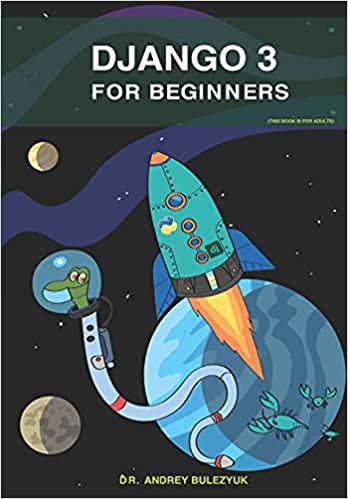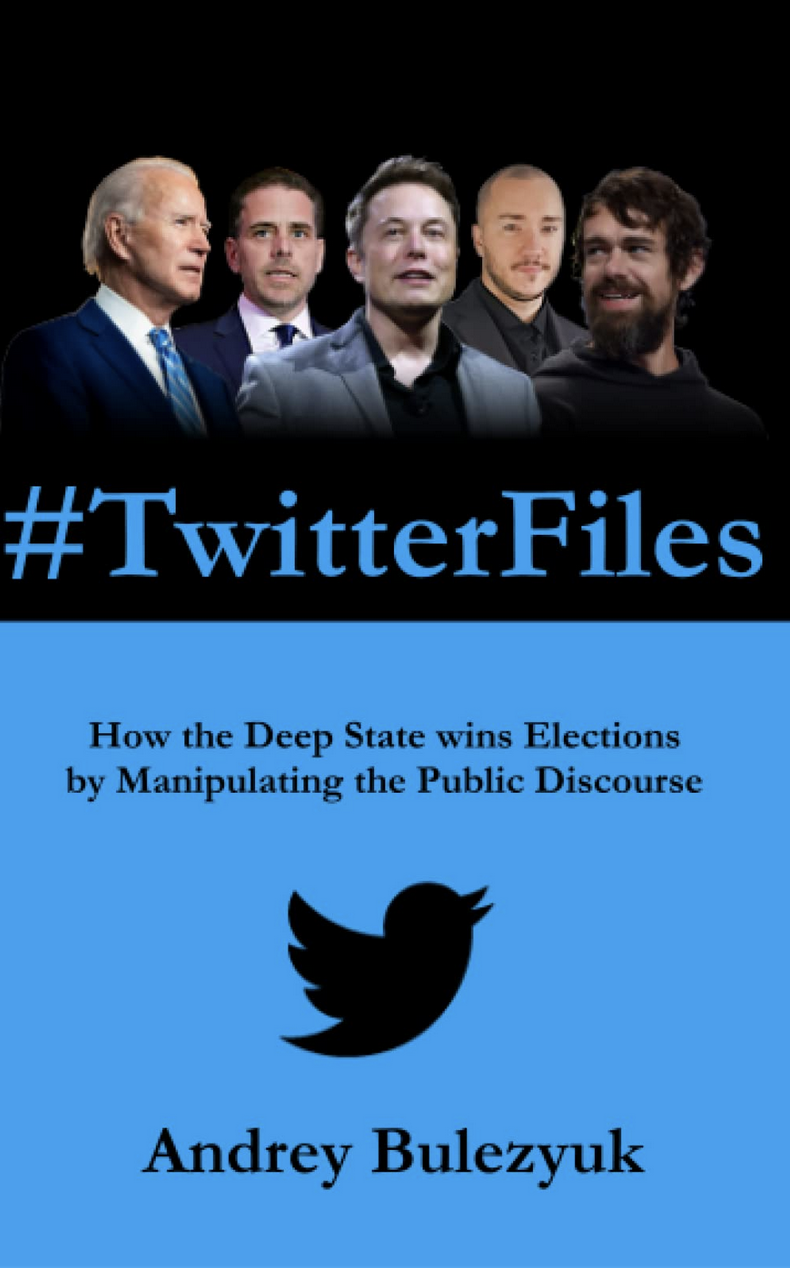- Exploring the Technosignature Concept: The Search for Extraterrestrial Intelligence
- Voyager’s Golden Record: A Cosmic Message in a Bottle
- Decoding the Voyager Technosignature: The Science Behind the Sounds
- Future Space Missions: Expanding Our Cosmic Communication Efforts
Exploring the Technosignature Concept: The Search for Extraterrestrial Intelligence
The concept of technosignatures revolves around the search for evidence of advanced extraterrestrial civilizations through the detection of their technology. This idea has gained significant traction in recent years, as scientists and researchers continue to explore the vast cosmos in search of life beyond Earth. Technosignatures can take various forms, such as radio signals, laser emissions, or even large-scale engineering projects like Dyson spheres. The primary goal of technosignature research is to identify these unique markers that could potentially indicate the presence of intelligent life in the universe.
One of the most well-known initiatives in the search for extraterrestrial intelligence (SETI) is the use of radio telescopes to scan the skies for signals that may have been intentionally or unintentionally transmitted by other civilizations. These signals, if detected, could provide valuable information about the technological capabilities and intentions of the transmitting species. The search for technosignatures is not limited to radio signals, however. Optical SETI, for example, focuses on detecting laser emissions or other forms of directed energy that could be indicative of advanced technology.
While the search for technosignatures has primarily focused on detecting signals from other civilizations, it is also essential to consider the possibility of sending our own technosignatures into the cosmos. By doing so, we can potentially establish contact with other intelligent beings and share information about our own existence and technological achievements. This approach, known as Active SETI, has been a topic of debate among scientists and ethicists, as it raises questions about the potential risks and benefits of announcing our presence to the universe.
The Voyager missions, launched in 1977, represent one of humanity’s earliest attempts at sending a technosignature into the cosmos. Both Voyager 1 and Voyager 2 carry a Golden Record, a 12-inch gold-plated copper disc containing sounds and images selected to portray the diversity of life and culture on Earth. The record serves as a cosmic message in a bottle, intended to communicate our existence and achievements to any extraterrestrial civilizations that may encounter the spacecraft in the distant future.
As our understanding of the universe continues to expand, so too does our interest in the search for extraterrestrial intelligence. The study of technosignatures offers a promising avenue for identifying signs of advanced civilizations beyond our own, and the Voyager missions serve as a testament to humanity’s desire to explore and connect with the cosmos. As we continue to refine our search methods and expand our knowledge of the universe, the possibility of discovering evidence of intelligent life beyond Earth becomes increasingly plausible.
Voyager’s Golden Record: A Cosmic Message in a Bottle
The Voyager Golden Record, carried by both Voyager 1 and Voyager 2 spacecraft, is a 12-inch gold-plated copper disc designed to withstand the harsh conditions of space and the test of time. The record contains a variety of sounds, images, and information intended to represent the diversity of life and culture on Earth. Conceived by a team led by Carl Sagan, the Golden Record serves as a cosmic message in a bottle, a snapshot of humanity’s achievements and existence, intended for any extraterrestrial civilizations that may encounter the spacecraft in the distant future.
The Golden Record contains a variety of audio and visual content, including greetings in 55 languages, a selection of natural sounds from Earth, and a diverse range of music from different cultures and eras. The visual content consists of 116 images encoded in analog form, depicting various aspects of human life, scientific knowledge, and the natural world. Additionally, the record includes a message from then-President Jimmy Carter and a printed message from then-UN Secretary-General Kurt Waldheim.
To ensure that any potential recipients of the Golden Record can access its contents, the record includes a set of instructions for playback. These instructions are represented by a series of diagrams etched onto the record’s cover. The diagrams depict the correct method for playing the record, the proper speed (16 2/3 revolutions per minute), and the location of the stylus, which is included with the record. Additionally, the cover features a pulsar map, which provides the location of our solar system relative to 14 pulsars, serving as a cosmic address for Earth.
While the likelihood of the Voyager spacecraft being discovered by extraterrestrial civilizations remains uncertain, the creation and inclusion of the Golden Record serves as a symbolic gesture of humanity’s desire to connect with the cosmos. It represents our collective curiosity, our achievements, and our hope for a future in which we may establish contact with other intelligent beings in the universe.
As we continue to explore the cosmos and search for technosignatures, the Voyager Golden Record remains a testament to our enduring fascination with the possibility of extraterrestrial life. It serves as a reminder of our place in the vast universe and our ongoing quest to understand and connect with the unknown. Whether or not the Golden Record is ever discovered by another civilization, its existence is a powerful symbol of humanity’s desire to reach out and share our story with the cosmos.
Decoding the Voyager Technosignature: The Science Behind the Sounds
The Voyager Golden Record is not only a collection of sounds and images but also a technosignature in itself, representing humanity’s technological achievements and desire to communicate with the cosmos. The sounds on the record were carefully selected to provide a diverse representation of Earth’s natural and human-made sounds, as well as our scientific understanding of the universe. In this section, we will explore the science behind the sounds on the Voyager Golden Record and how they were encoded for potential extraterrestrial listeners.
The audio content of the Golden Record was encoded using analog technology, specifically, a process known as frequency modulation (FM). This method was chosen due to its ability to maintain high fidelity and withstand the potential degradation of the record over time. The audio content includes a variety of natural sounds, such as thunder, birdsong, and ocean waves, as well as human-made sounds like music, spoken greetings, and the sound of a rocket launch. These sounds were intended to provide a comprehensive auditory portrait of life on Earth and our technological capabilities.
One of the most intriguing aspects of the Voyager Golden Record is the inclusion of the „Sounds of Earth“ section, which features a continuous 12-minute audio montage of various natural and human-made sounds. This montage was created by layering multiple audio tracks, each representing a different sound, and adjusting their volume and duration to create a seamless and coherent auditory experience. The result is a rich tapestry of sounds that provides a snapshot of Earth’s diverse sonic landscape.
In addition to the audio content, the Golden Record also includes a series of encoded images, which were converted into audio signals using a process known as analog image scanning. This method involves scanning an image line by line and converting the brightness values of each pixel into a corresponding audio frequency. The resulting audio signal can then be decoded and reconstructed into the original image using a similar scanning process. This technique allowed the creators of the Golden Record to include a diverse range of images, from photographs of Earth’s landscapes and inhabitants to diagrams illustrating scientific concepts and human achievements.
The Voyager Golden Record serves as a unique technosignature, showcasing humanity’s scientific and technological prowess while also providing a glimpse into our cultural and natural heritage. The science behind the sounds and images on the record demonstrates our ability to encode complex information in a durable and accessible format, which could potentially be decoded and understood by extraterrestrial civilizations. As we continue to search for technosignatures in the cosmos, the Voyager Golden Record stands as a testament to our desire to connect with the universe and share our story with the stars.
Future Space Missions: Expanding Our Cosmic Communication Efforts
As our understanding of the cosmos continues to grow, so too does our interest in establishing communication with potential extraterrestrial civilizations. The Voyager missions, with their iconic Golden Records, represent early efforts to reach out to the cosmos. However, as technology advances and our knowledge of the universe expands, future space missions will likely incorporate more sophisticated methods of sending technosignatures and searching for signs of intelligent life beyond Earth.
One such example is the Breakthrough Listen initiative, a large-scale project aimed at scanning the skies for potential technosignatures from extraterrestrial civilizations. Utilizing advanced radio and optical telescopes, the project searches for signals across a wide range of frequencies and wavelengths, increasing the chances of detecting potential transmissions from other intelligent beings. Breakthrough Listen also explores the possibility of sending our own technosignatures into space, building upon the foundation laid by the Voyager missions and their Golden Records.
Another promising avenue for future cosmic communication efforts is the development of interstellar probes. These spacecraft would be designed to travel beyond our solar system, carrying technosignatures and scientific instruments to study distant stars and their planetary systems. By venturing further into the cosmos, these probes could potentially encounter extraterrestrial civilizations or gather valuable data on the prevalence of habitable environments, furthering our understanding of the potential for life beyond Earth.
As we continue to explore the cosmos, it is crucial to consider the ethical implications of our cosmic communication efforts. The debate surrounding Active SETI highlights the potential risks and benefits of announcing our presence to the universe. Future space missions must carefully weigh these considerations, ensuring that our efforts to connect with the cosmos are conducted responsibly and with the best interests of humanity in mind.
In conclusion, the Voyager missions and their Golden Records represent a pioneering effort in humanity’s quest to communicate with the cosmos. As we look to the future, our ongoing exploration of the universe and the search for technosignatures will likely involve increasingly sophisticated methods and technologies. By building upon the foundation laid by the Voyager missions, we can continue to expand our cosmic communication efforts, fostering a deeper understanding of our place in the universe and the potential for life beyond Earth.








0 Comments